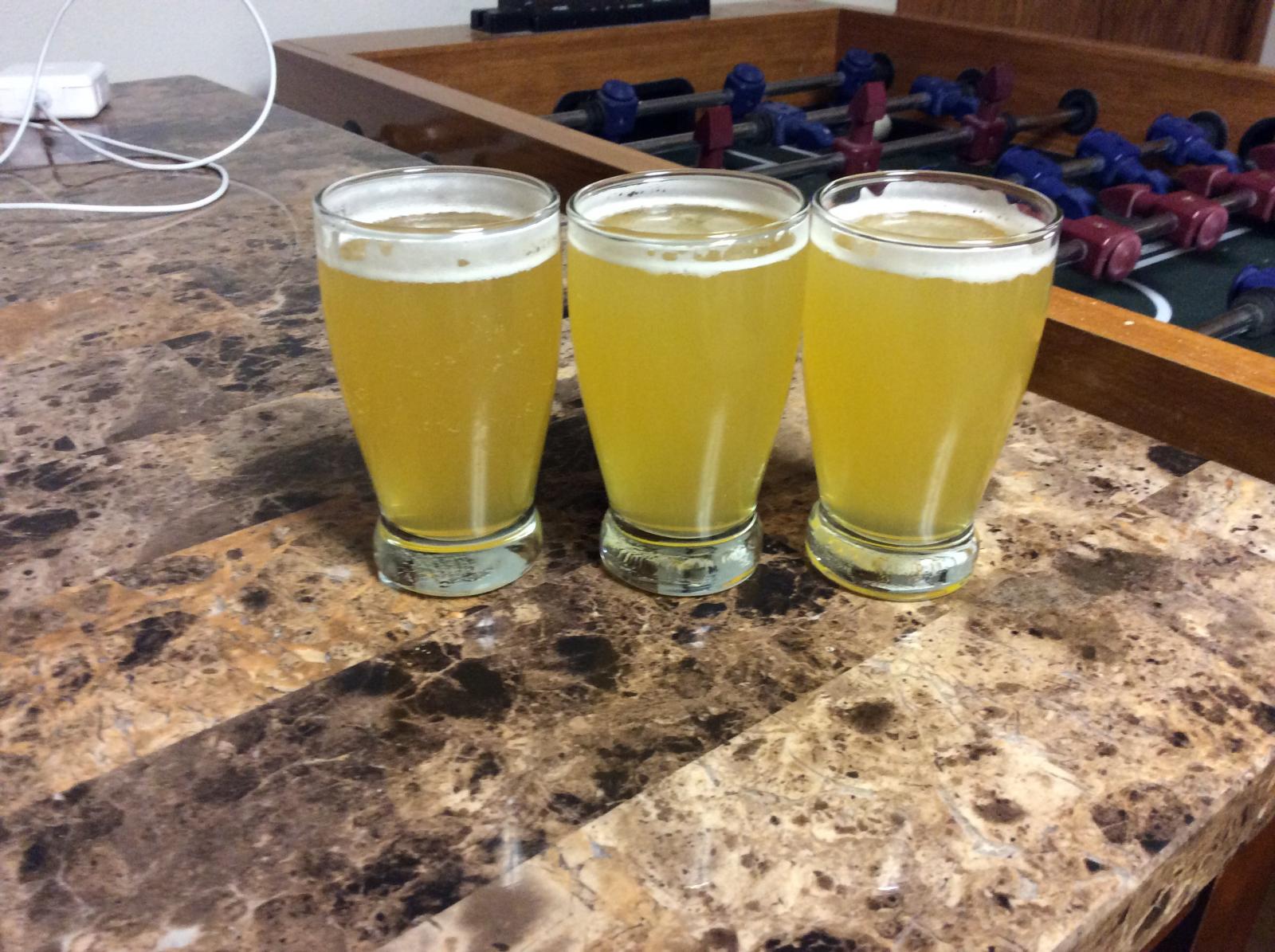So..... Brewed a blonde ale tonight to build up a batch of conan yeast. Throughout the process, I did a "triangle" type test with some of my IPA's
A = 140 Sulfate/70 Chloride
B = 70 Sulfate/140 Chloride
C = 120 Sulfate/120 Chloride
Everything else about the beers was the same.
I tasted them 2 versions at a time. 2 glasses of the same, 1 different. I even KNEW which ones I poured 2 of, but they were marked on the bottom of the glass. Mixed them up myself to the point that I did not know which was which..... and then tasted all 3 just to see if I could tell the difference. Which 2 were the same and which 1 was different. I did this 6 times with each head to head comparison.... just a few sips of each (so, I did not get wasted

A vs. B (3 out of 6)
A vs. C (1 out of 6)
B vs. C (2 out of 6)
So, 6 out of 18 = the same as random chance. But, I have to be honest - I bet half of the 6 I got "right" were total guesses on my part. And, that was with pouring the beers myself, mixing them up myself, KNOWING which there was two samples of vs. 1 in each flight.
I feel confident in saying there is not a significant difference in those above water profiles. All were good. None of them were immediately distinguishable from each other. None were consistently distinguishable. I would highly doubt that a more rigorous tasting, with truly blind participants would yield results where people could tell the difference.
Bottom line, in my opinion, any combination of Sulfate and Chloride in say .... the 60-150ppm (and 5.3-5.45 pH) is going to give you a good, solid NE IPA if the other components are on point.
Simple water version of this message:
100% RO water
Per 5 gallons of Mash and Sparge water
1 tsp of CaCl and 1 tsp Gypsum
1 tsp of CaCl and 1/2 tsp Gypsum
1/2 tsp of CaCl and 1 tsp Gypsum
Anything like that is going to get you where you want to go.



